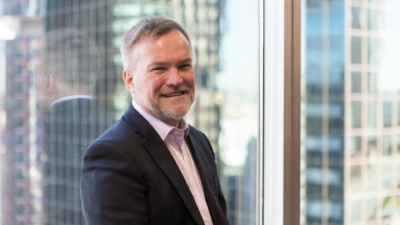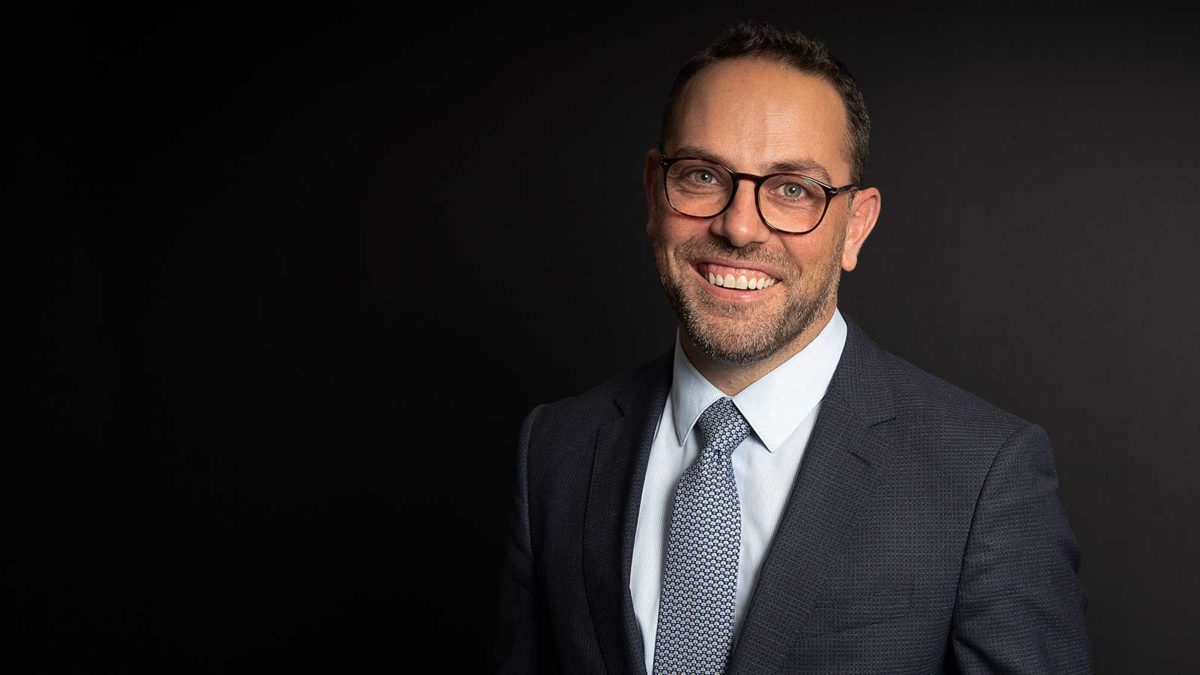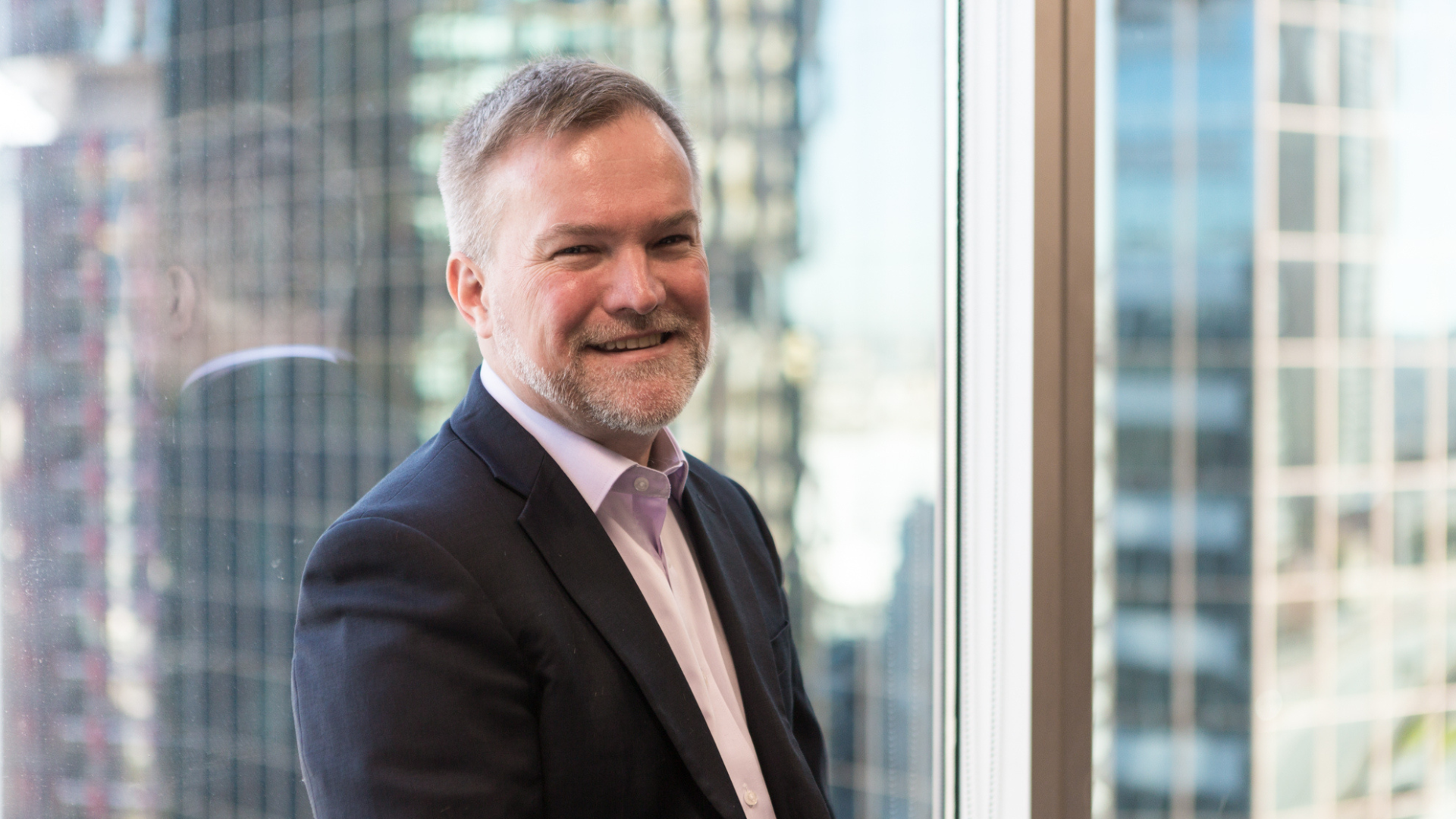Quants get a boost from merger mania
As funds get bigger and bigger – and the Your Future Your Super (YFYS) performance test bites – they’re rethinking everything from alpha generation to their intrinsic investment philosophies.
While the increasing size of super funds will benefit them in unlisted markets – where big funds can increasingly play on the same field as global infrastructure managers – it makes it much more difficult to deploy capital into the smaller parts of public market that funds preferred to play in when they weren’t so gargantuan.
“When you think about allocating to active managers outside of that top 50 or top 20 part of the Australian equity market, capacity fills up very, very quickly,” said Scott Bennett, Northern Trust Asset Management (NTAM) head of quantitative solutions for APAC. “If you were to double the size of your assets, and all your small- and mid-cap managers are closed, you have to look for new opportunities or just forego them.”
Bennett believes that funds start to hit capacity issues when their assets go north of $50 billion; most funds have essentially opted to de-risk their portfolios in order to achieve scalability by taking active money off the table and putting it towards passive cap-weighted exposures within the fund, and NTAM has seen an uptick in prospects seeking systematic, factor-based strategies to scale their alpha more effectively.
“They’re looking at factors to pick up a lot of the active return that is being left on the table as a result of not being able to access, at the same level, those highly-active managers further down the cap spectrum,” Bennett said. “They’re looking for value, momentum, quality and low-volatility.”
And the YFYS performance test is having an impact on funds as they revise their internal investment philosophies – “things that matter to them as investors, but also matter to their members” – like particular value sets, or ESG and faith-based overlays.
“A lot of funds might carry a persistent value bias within their overall fund allocation That can be for a number of reasons, but it’s largely because it’s consistent with the investment philosophy of the fund in terms of wanting to be somewhat contrarian investors,” Bennett said. “But under YFYS, those beliefs are really being challenged and put to the test.”
“Funds are looking at how they can preserve those key investment beliefs, or tenets, but make them more aligned to a YFYS environment. That comes down to an equation of how they re-risk or re-weight their exposures in line with the active risk they’re taking to achieve them. There’s now a much greater emphasis on only taking a risk they’re compensated for.”
It’s APRA’s expectation that any fund below $30 billion think strongly about getting bigger. NTAM has been receiving inquiries from funds that are yet to merge, suggesting that many may see or consider such an arrangement on the horizon. Their large size – and the exit of index fund providers like Vanguard, which is now intent on launching its own super fund – also has them rethinking the nature of their passive exposures.
“Once you get to those funds that are at that larger end of the spectrum, we’re seeing a growing appetite for direct indexing type solutions, where they want to take a much greater level of ownership of the various betas they’re exposed to in their portfolios,” Bennett said. “We’re seeing a lot more blending of those two strategies which have typically been mutually exclusive. People are looking for passive exposures that are much more active and active exposures that are much more passive.”











